The word stability is everywhere. You see it in articles talking about the benefits of stability training or giving suggestions on how to improve stability through various exercises. What you rarely see are articles that define stability. Athletes need stability to improve their performance and reduce injury risk. But what is it exactly?
The Definition of Stability
According to the Merriam-Webster’s dictionary, stability is “the quality or state of something that is not easily changed or likely to change.” Meaning, it is solid in a specific position.
This is not a bad definition, but when it comes to the body it offers us nothing. For the purpose of this article, stability will de defined as “the ability to maintain strength through a full range of motion.” There is no point in being stable in one position if you are unable to maintain that stability while moving.
Sports, especially Brazilian jiu jitsu, are not static. They involve constant movement. If sports involve movement and the definition of stability is a state of something that is not easily changed, why would anyone want to be stable? Instead, what athletes need is to be strong in a full range of motion.
Why Stability Is Important
BJJ requires constant movement in and through a variety of positions. Sometimes you may find yourself standing up and trying to pass your opponent’s guard. Other times you are on your back. During a training session you will switch between positions more times than you can count, so it is important to be stable in every position. A lack of stability means you will have no strength, and even worse, it places you at a higher risk of getting injured.
Let’s look at an example. You’re starting in your opponent’s closed guard. He goes for a hip-bump sweep. To counter, you post a hand on the mat to stop from being swept. Unfortunately, when you post, your hand and your shoulder do not have the strength needed to stabilize. The forces involved in the hip bump and your defense get transferred to some other area of your arm that is it not designed withstand that force – and you end up injurying your shoulder or elbow.
How to Improve Stability
To improve stability you do not need to be balancing on one leg. What you need to do is get strong. Making sure every muscle is strong enough to do the job it was designed to do is key. Muscles that do not function properly will force other muscles around them to work harder. This leads to overuse of those muscles, which makes the whole situation worse.
Add corrective exercises to your training routine to avoid stability issues before they start or to help correct current stability issues. Below are some suggestions of exercises and specific areas to focus based on the needs of a BJJ athlete.
Upper Body
Upside Down Press
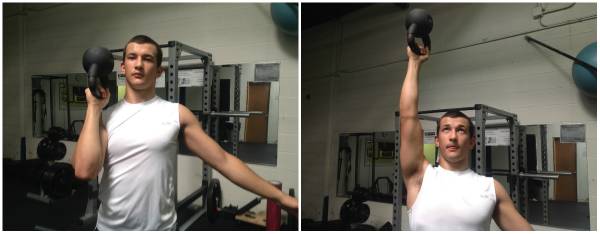
Side Lying External Rotations
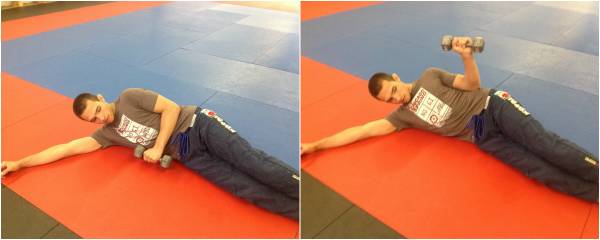
Seated External Rotations
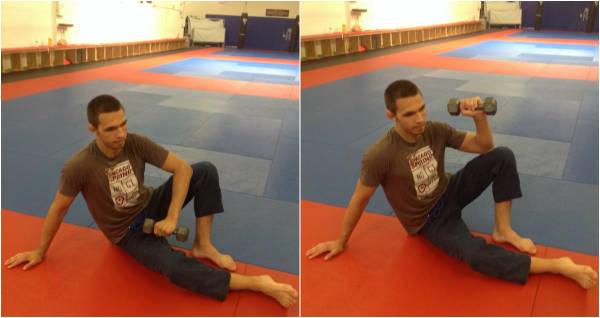
Lower Body
Single-Leg Step Ups
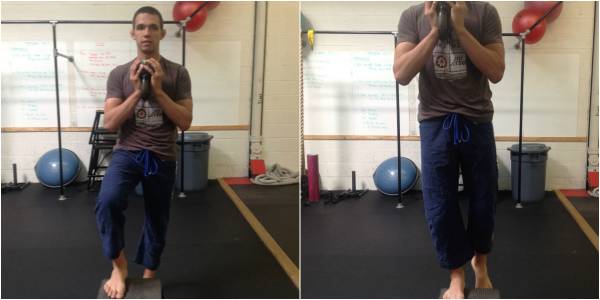
Rear-Foot Elevated Split Squats
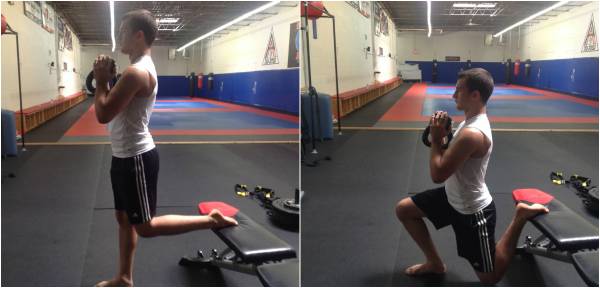
Front Foot Elevated Reverse Lunges
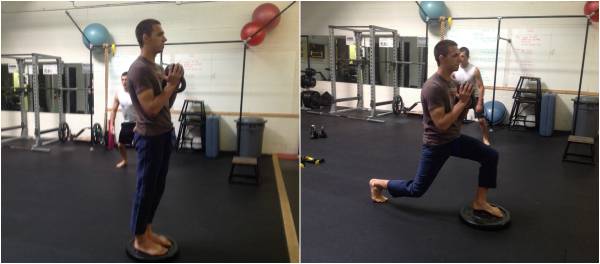
Belt Squat Walks With Resistance Band
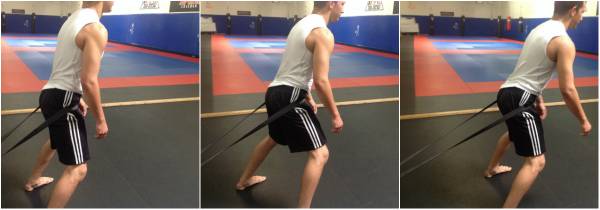
Conclusion
In order to be stable, you must be strong. Most people head to the gym and do all the things they are good at. But it’s the things you are not good at that are going to come back to hurt you. Making sure that your program contains corrective exercises will help keep you on the mats performing your best.
Photos by Dan of Earth.






